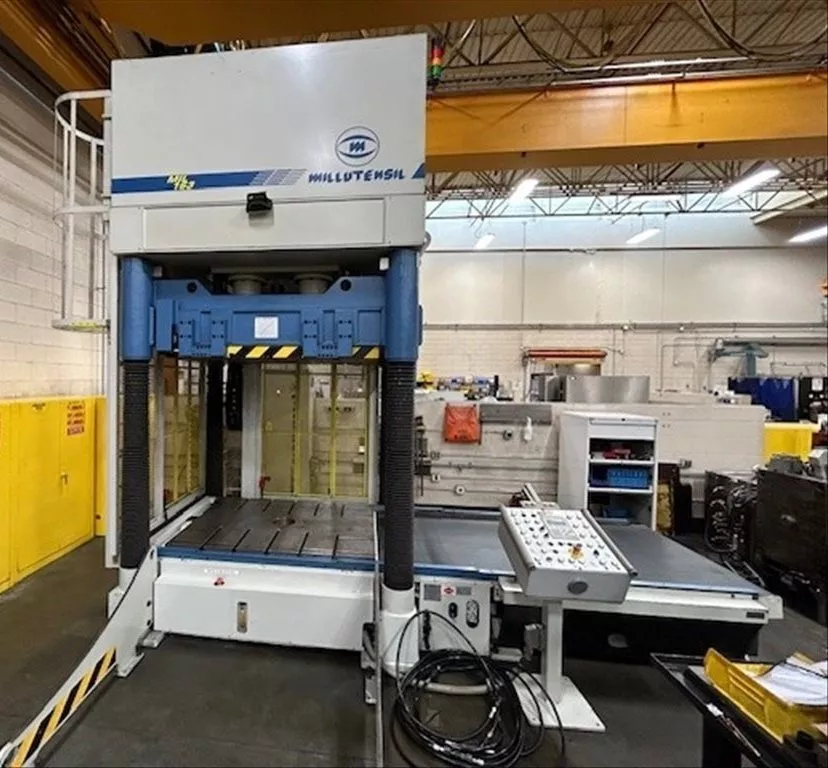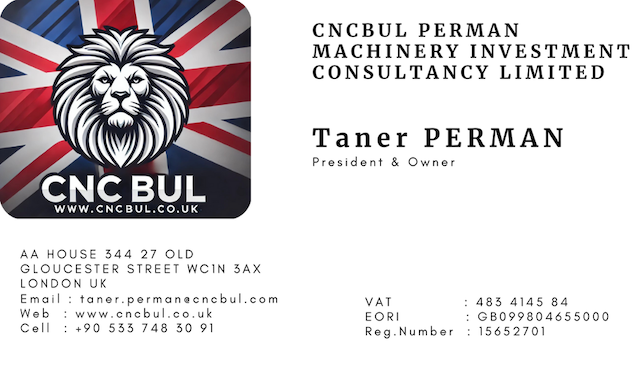Why Hydraulic Spotting & Die Tryout Press is preferred?
A Hydraulic Spotting & Die Tryout Press is preferred in manufacturing and tooling industries for several technical reasons. This type of press is essential in processes where die validation, mold inspection, and precision testing are required before full-scale production. Here’s a detailed explanation of why hydraulic spotting and die tryout presses are preferred:
1. Precision and Control:
- Hydraulic systems offer precise control over pressure and force, which is essential in die tryout operations where high accuracy is critical. The hydraulic press allows for incremental force adjustments, ensuring that the die or mold can be tested under various conditions without damaging the tool.
- Unlike mechanical presses, which exert force in a more rigid and fixed manner, hydraulic presses allow for adjustable speed, pressure, and position, giving operators better control when testing dies or molds for precision fits.
2. Variable Tonnage (Force Adjustability):
- Hydraulic presses allow operators to adjust tonnage or pressure to exactly match the requirement of the die or mold. This is crucial for spotting operations because different sections of the die may require different levels of force to ensure proper mating.
- The variable force capacity makes the hydraulic press adaptable for both light and heavy-duty die tryouts, reducing the risk of overloading and damaging delicate die components during testing.
3. Even Pressure Distribution:
- Hydraulic systems are designed to apply uniform pressure across the entire surface of the die or mold. This is essential for spotting and die tryout processes, as it ensures that the contact surfaces of the die are evenly tested and adjusted, leading to more accurate fitting and alignment.
- The even distribution of force is especially critical in large die sets where precise mating surfaces are required for proper production.
4. Slow Approach and Contact Control:
- Hydraulic presses offer slow approach and precise control over the die contact process, allowing the operator to carefully bring the die halves together during spotting or tryout.
- This gradual approach minimizes the risk of crashing the die halves together, which can cause damage or misalignment. In die tryout processes, the ability to slowly close the die while monitoring its behavior ensures that any issues can be corrected without causing expensive repairs or rework.
5. Large Bed Size and Open Space for Inspection:
- Hydraulic spotting and die tryout presses typically feature a large bed size with wide-open access. This allows for easy inspection and adjustment of the die or mold during testing, a critical feature when validating complex tools.
- The larger working area provides room for operators to access and inspect the dies from multiple angles, ensuring accurate spotting and adjustment before the die is used in full production.
6. Die Alignment and Inspection:
- Hydraulic presses are often used for die spotting because they offer a high level of control in aligning the upper and lower die halves. The slow and precise movements help operators check for proper alignment, ensuring that the two halves mate perfectly.
- Die spotting presses can also be used to perform ink tests and other methods to check for contact points, ensuring that the die surfaces are making full and proper contact across the entire mold or tool.
7. Safety and Damage Prevention:
- The controlled force and movement of hydraulic presses significantly reduce the risk of damage to the die or mold during testing, which is a common issue in mechanical presses where force is less controllable.
- Hydraulic presses often come with overload protection systems that prevent excessive force from being applied, protecting both the press and the die during sensitive tryout operations.
8. Flexibility in Tool Testing and Tryout:
- Hydraulic spotting and die tryout presses are versatile and can accommodate a variety of mold and die sizes, making them useful for testing and validating a wide range of tools.
- They can handle different types of tools, including progressive dies, stamping dies, and plastic injection molds, making them a preferred choice in industries such as automotive, aerospace, and consumer goods manufacturing.
9. Smooth and Quiet Operation:
- Hydraulic presses generally operate more smoothly and quietly compared to mechanical presses. This smoother operation is beneficial during the tryout and spotting phase, as it allows for better monitoring of the die’s performance without excess noise or vibration, which can interfere with the process.
10. Fine-Tuning and Adjustments:
- Hydraulic presses allow for fine-tuning of the die during the tryout process, which is essential for making the necessary adjustments to ensure the die functions correctly in production. The operator can incrementally adjust the force and position to correct any minor issues without having to remove the die from the press.
11. Force Sensing and Feedback:
- Many hydraulic die tryout presses are equipped with force sensors and other feedback mechanisms that provide real-time data on the pressure and alignment during the testing process. This data helps the operator make informed decisions about adjustments, ensuring that the die is perfectly aligned and functional before moving to production.
Summary of Key Advantages:
- Precise force control ensures delicate dies aren’t damaged.
- Uniform pressure distribution leads to better die mating.
- Slow approach and fine adjustments prevent die misalignment and damage.
- Large working space allows for easy inspection and adjustments.
- Versatile tonnage settings accommodate a wide range of tools and applications.
- Increased safety and damage prevention through overload protection and controlled movements.
Applications:
- Die and mold manufacturers use hydraulic spotting and die tryout presses for testing new dies and molds.
- Automotive industry for precision die testing in parts manufacturing.
- Metal stamping operations to ensure that tools work properly before full production.
- Plastic injection mold testing, where accurate mold alignment and closure are critical.
Hydraulic spotting and die tryout presses provide superior control, flexibility, and safety in these sensitive operations, making them a preferred choice for die and mold testing in high-precision manufacturing environments.


